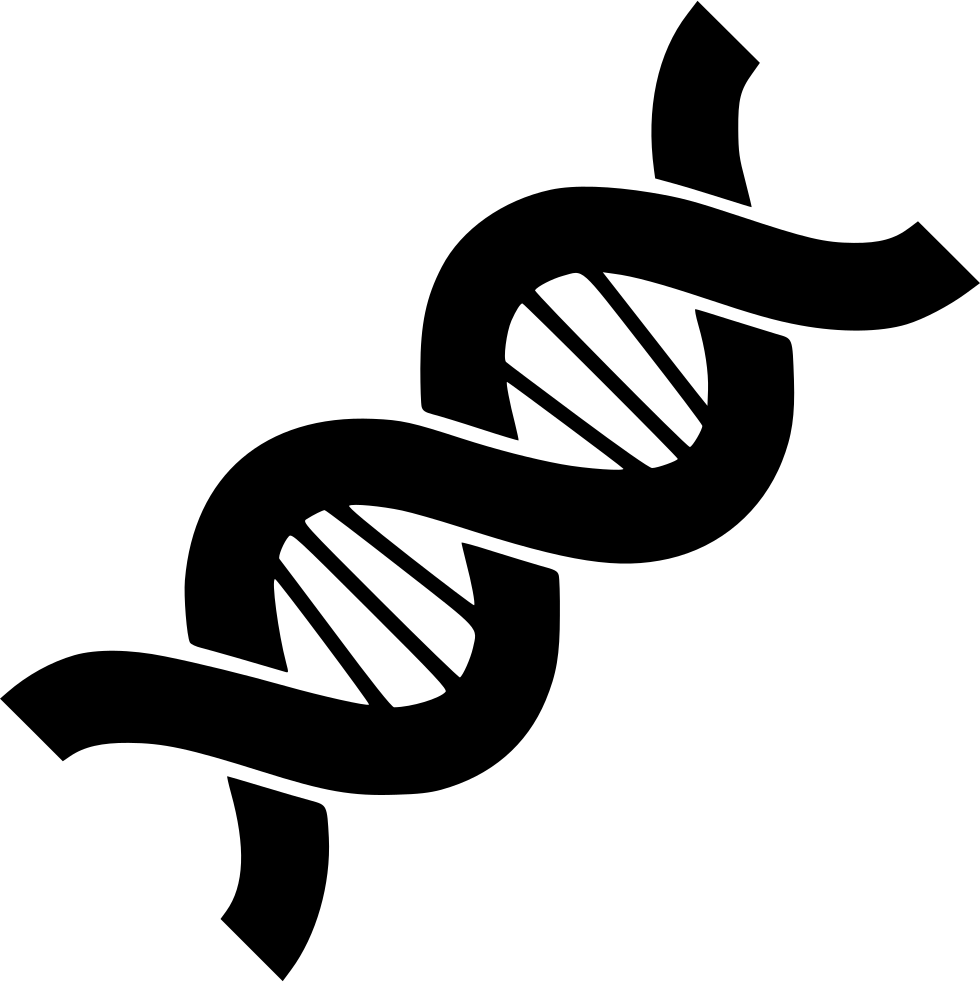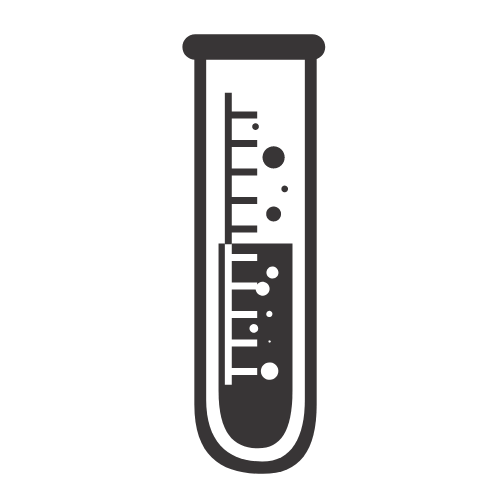
Gene Structure and Regulation
The department has a number of faculty members who are involved in identifying and studying genes, their organization in viruses, yeast, plants and humans. The herpes simplex virus gene expression during productive and latent infections is being studied. The regulation of cholesterol metabolism is being analyzed in the hope of eventually controlling the high levels of cholesterol associated with heart disease. The work in amyloid proteins has provided new insights in the development of Alzheimer’s disease. The genes which are involved with the fixation of atmospheric N2 are being analyzed for the structure-function relationship using mutation overexpression, purification and structural analysis. The basic mechanisms in the transport of proteins in the cell organelle is also being elucidated.
The faculty members of the department have knowledge and experience in every aspect of gene analysis and their expression in bacterial, fungal, and mammalian systems. the expression of recombinant genes in defined organisms is the basis of recombinant gene products. The faculty and their research team routinely carry out experiments including identifying new gene(s), characterizing their structure, over-expressing them in different expression systems, and purifying them to homogeneity using the most sophisticated techniques.

Immunology and Pathogenesis
Vertebrates have developed immune responses to defend against pathogenic microorganisms and viruses. The immune response and pathogenesis is one of the most important fields of medical discoveries that have been, and are still being used to alleviate human suffering. Two types of cells are associated with the immune response; B and T cells. In mammals, B cells produce immunoglobulin proteins on exposure to foreign substances. These proteins are secreted into the bloodstream where they act against the invading organism. T cells also respond to foreign antigens, but their effector molecules remain firmly bound to the cellular membrane. The Department of Molecular Biology & Biochemistry has faculty conducting research on both types of immune responses.
Two parasites, Plasmodium, which causes malarial disease and Trypanosoma cruzi, which causes Chagas’ disease, are currently being studied at both the molecular biology and immunological levels to better understand the nature of their pathogenesis. Cellular immunology and tumor immunology is being studied in vitro on mechanisms of how lymphoid cells employ secreted cytokines to orchestrate the destruction of tumors. The recognition component of the classical complement pathway, C1q, is being analyzed. The role of endothelial cells in rejecting grafts is under investigation. Mouse hepatitis virus is being used as a model to identify potential targets for the therapeutic intervention for the treatment of multiple sclerosis patients.

Structural Biology
The structural biology group within the department uses physical, chemical and x-ray crystallography techniques to study proteins and nucleic acids. It has a highly active group in x-ray crystallography which uses high resolution analysis (1.0 Å or better) to understand the structure-function relationship. The faculty members in each group work closely with each other. For example, a member of the x-ray crystallography group has identified an enzyme that is a promising target for anti-parasitic and anti-bacterial drugs. The department has an active group in parasitic diseases and, thus, the two groups are working together to solve major medical problems of parasitic infections. The x-ray group has obtained detailed structures of many proteins of biological importance.
Research in protein structure determination requires the knowledge of mechanisms involved in the growth of macromolecular crystals. Using sophisticated techniques, one of the major areas of research in the department is to define various parameters fundamental to the crystal growth process. In search of these parameters, crystallization of macromolecules in microgravity is being investigated assisting the U.S. space program and the Russian space station, Mir.

Virology
Animal viruses can be classified into DNA and RNA viruses (retroviruses). The department has active groups in both types of viruses. The two DNA viruses which are under active investigation are the herpes simplex virus I and polyoma virus. The regulation of gene expression in herpes simplex virus is under active investigation. The polyoma virus is being studied for its cell-specific replication. What parameters define the organ and tissue specificity?
This question is extremely important in understanding the infection of viruses in general. The gene therapy approach is being investigated for the central nervous system and evaluation is underway for an ex vivo model for human cervical cancer.
Retroviruses have been important models for studying gene expression and cancer. The molecular mechanisms involved in the development are significant research activities in the department. The virus that causes T cell leukemia is also under investigation.
